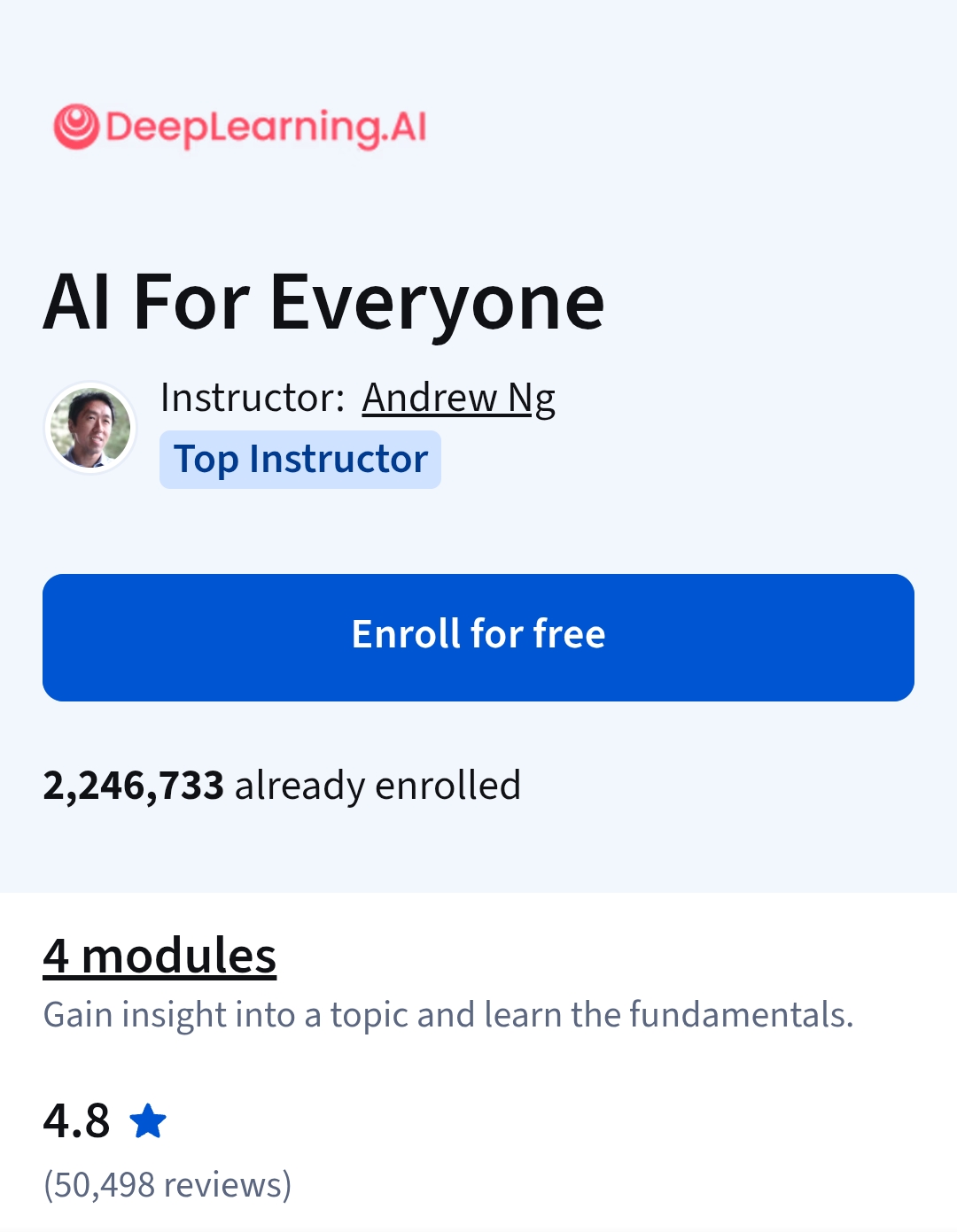Description
Coaching can inspire and motivate people to learn, change, and be effective leaders, among other roles in life. Although most attempts are “coaching for compliance” (coaching someone to your wishes or expectations), decades of behavioral and neuroscience research show us that “coaching with compassion” (coaching someone to their dreams and desires) is more effective.
What you will learn
Week 1: How do people really help others?
The best coaches develop resonant relationships, which involve the experience of hope and compassion and the arousal of meaning. We explore how effective coaches inspire others, and use an approach based on compassion rather than compliance to promote positive, enduring change in their coachees. We then turn to Intentional Change Theory (ICT) as a model of sustained, desired change at all levels of human endeavor; detailing the five discovery phases that comprise ICT. Finally, we explore the Positive and Negative Emotional Attractors (PEA and NEA), their relationship to the Sympathetic and Parasympathetic Nervous Systems (SNS and PNS), and how arousal of either of these systems can deferentially lead to either feelings of negativity and fear, or a focus on one’s strengths and the excitement of experimenting with something new.
Week 2: Physiology and Neuroscience of Coaching
Chronic stress without regular and period experiences of renewal is non-sustainable for performance. We further examine the physiology of the PNS and SNS; including the relationship between stress and the activation of the SNS, and renewal and the activation of the PNS, including implications for hormonal and cardio-vascular activity in the body. We then turn to our neuroscience-based study of coaching; outlining the contagious effect of emotions, and the relationship between the brain’s independent and suppresive Task Positive Network (TPN) and Default Mode Network, and how each relates to problem solving/analytical tasks and social tasks/openness to people and experiences. We end this week by outlining the ethical dimensions of coaching: the essentials of trust and environmental safety, awareness of boundaries, and ensuring that the coaching process flows from the coachee themselves.
Week 3: Coaching for the Ideal Self and Relationships
The ideal self is centered on autonomous motivation: what a person wants to do, and results in sustained, desired change. Conversely, the ought self is based on controlled motivation: what a person feels they must do based on the standards of others. The ideal self comprises hope, core identity, and an image of a desired future, and is fueled by optimism and self-efficacy. We then turn to the two forms of empathy: empathy with the head (a form of conceptual understanding and cognitive processing which implicates both the TPN and DMN) and empathy with the heart (genuine emphatic concern, which engages the DMN alone); with our focus on the need to develop emotional self-awareness in order to serve others, while appropriately balancing both forms of empathy as the coaching situation demands. Lastly, we explore the notion of genuine listening in a coaching relationship (as opposed to mere ‘hearing’ the other person speak), and outline a case for “listening beyond the words”: giving our full attention to the other person to establish what lies beyond the words, and what meaning we can derive from what that other person is saying.
Week 4: Coaching for the Real Self, Balance and Learning Agenda
There is an optimal balance between time spent in the PEA and time spent in the NEA. Too much time in the PEA may result in over-optimism or complacency; with too much time in the NEA resulting in diminishment or depression. Given that negative emotional experiences tend to be stronger and more palpable, the ratio between time spent in the two emotional states should be skewed toward the PEA – at around 3-6:1. Establishing the real self involves mindful awareness, which itself demands soliciting accurate feedback from others; so as to establish a personal balance sheet cataloguing the strengths one can leverage within themselves and the shortcomings they may seek to address. Next, we explore the nature and role of social identity groups: how they support and enhance emotional contagion, and may facilitate the development of a larger or noble purpose in one’s Ideal Self. Lastly, we detail planning and experimentation with new behaviors to promote and sustain new learning and growth on the part of coachees.







